Sleep Apnea
Sleep Apnea Treatment Los Angeles and Conejo Valley
If you are looking for Sleep Apnea Treatment in Los Angeles or the Conejo Valley then you are at the right place.
WHAT IS SLEEP APNEA?
Sleep apnea can be a serious sleep disorder. People who have sleep apnea stop breathing for 10 or more seconds at a time while they are sleeping (one apneic event). These short cessations in breathing can happen up to 800 times or more every night.
If you have sleep apnea, the periods of stopped breathing may wake you from a deep sleep. If you are waking from deep sleep to light sleep all night long, however briefly, you aren’t getting enough restful sleep. Most often times, however, we have mini arousals that still take us out of the deeper levels of sleep and into the shallow, Stage 1 sleep, but since we are still sleeping we are not at all aware that it happened.
Of the two types of sleep apnea, obstructive apnea, and central apnea, Obstructive Sleep Apnea (OSA) is the most common. Nine out of 10 people with sleep apnea have this type of apnea. If you have OSA, there are blockages in the airway which reduce blood Oxygen levels in the body. These blockages may be the tongue, tonsils, uvula, and redundant throat tissue. Even a blocked nasal airway and cause a blockage in the rest of the airway.
The airway might also be blocked by a large amount of fatty tissue in the throat or even by relaxed throat muscles. In most cases, this condition causes a decrease in the air intake and ultimately, oxygen supply to your entire body.
On the other hand, central sleep apnea is rare and is related to the function of the central nervous system. Patients with this condition lack the go-ahead signal from your brain to trigger the muscles you use to breathe. The brain may not transmit the signal or the signal may be interrupted.
What are the associated symptoms of sleep apnea?
- Excessive daytime sleepiness
- High blood pressure
- Frequent episodes of obstructed breathing during sleep.
(The patient may be unaware of this symptom, realizing it only after a bed partner has brought it to his or her attention.) - Loud snoring
- Clenched jaw
- Morning headaches
- Unrefreshing sleep
- Dry mouth upon awakening
- Overweight/obesity
- Irritability
- Change in personality
- Depression
- Difficulty concentrating
- Excessive perspiration during sleep
- Heartburn
- Reduced libido
- Chest retraction during sleep in young children (chest pulls in)
- Insomnia
- Frequent nocturnal urination
- Restless sleep
- Nocturnal snorting, gasping, choking (may wake self up)
- Rapid weight gain
- Confusion upon awakening
- Erectile Dysfunction
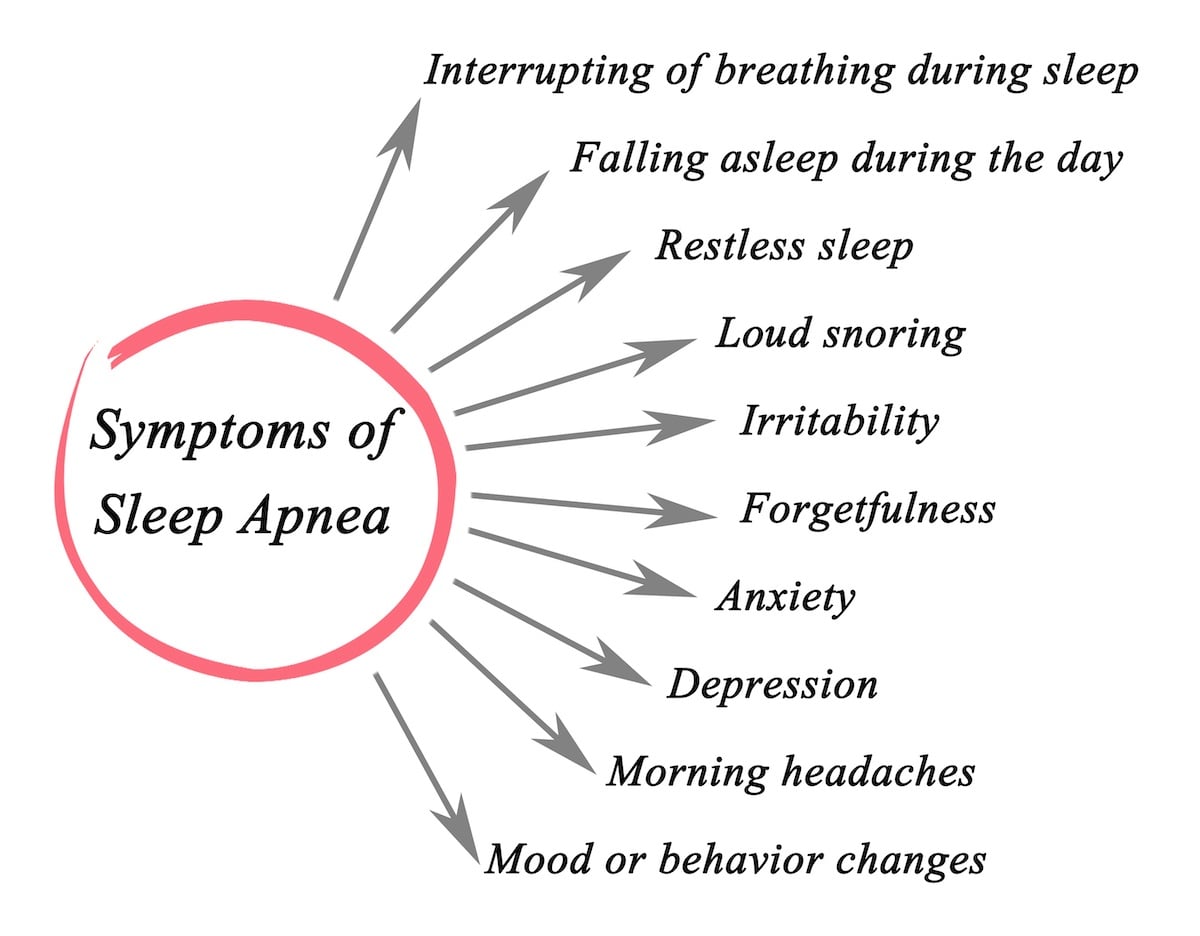
WHAT IS SNORING? 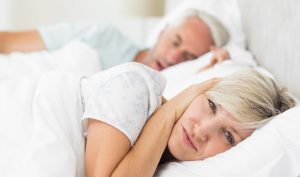
The noisy sounds of snoring occur when there is an obstruction to the flow of air through the back of the mouth and nose. This area is the collapsible part of the airway where the tongue and upper throat meet the soft palate and uvula. Snoring occurs when these structures get close to touching each other and vibrate during breathing. When they do touch each other and don’t vibrate, then that individual has one apneic event.
IS SNORING SERIOUS?
Yes! While it is socially annoying to the bed partner and may sometimes wake the snorer, it could be a sign of sleep apnea. Only a licensed professional medical provider can tell you for sure if you have sleep apnea.
The treatment of sleep apnea with a dental appliance will reduce and often ELIMINATE snoring for the person wearing the appliance.
HOW SERIOUS IS SLEEP APNEA DISORDER?
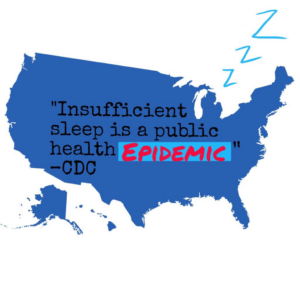 Doctors estimate that about 18 to 70 million Americans have sleep-disordered breathing and/or sleep apnea. It affects all ages, and the damages vary based on the age of the person with apnea.
Doctors estimate that about 18 to 70 million Americans have sleep-disordered breathing and/or sleep apnea. It affects all ages, and the damages vary based on the age of the person with apnea.
Will this problem change my life?
If you have Sleep apnea disorder, it may already have affected you more than you know. Your quality of sleep, and therefore the quality of life, will improve with improved sleep patterns and increased oxygen supply to your brain and rest of your body. The benefits of quality sleep will be seen in improving the physical, emotional and psychological aspects of an individual’s life.
HOW IS SLEEP APNEA TREATED?
HOW DOES THE DOCTOR DETERMINE IF I HAVE OSA?
First, a sleep test, called polysomnogram, is usually done to diagnose sleep apnea. There are two kinds of polysomnograms. Overnight polysomnography involves spending one night at a sleep laboratory to obtain a full report of movement, respiration, oxygen levels, etc. during sleep, which the doctor will review. This is the best form of sleep study there is. The second kind of polysomnogram is a home monitoring test. Dr. Shirazi can provide a small device to take home with you, which will record your sleep with a computerized polysomnogram. These are painless tests and are covered by most insurance plans.
Very mild snoring is usually treated by some behavioral changes. Weight loss and sleeping on your side are often recommended. There are oral mouth devices, which keep the airway open, that may help to reduce snoring in three different ways. Some devices (1) bring the jaw forward or (2) elevate the soft palate or (3) retain the tongue (from falling back in the airway and blocking breathing).
Severe Sleep Apnea is usually treated with a C-PAP (continuous positive airway pressure). C-PAP is a machine that blows air into your nose via a nose/face mask, keeping the airway open and unobstructed. Some people have facial deformities that may cause sleep apnea: a jaw too small for their airway or a smaller opening at the back of the throat.
Some people have enlarged tonsils, and sometimes a large tongue or some other tissues partially blocking the airway. Correcting a deviated septum may help to open the nasal passages. Removing the tonsils and adenoids or polyps may help as well. Children are much more likely to have their tonsils and adenoids removed, combined with palatal expansion to increase the size of their airway.
Children with OSA must be treated as soon as possible as the apnea can greatly retard their ability to grow properly or fully.
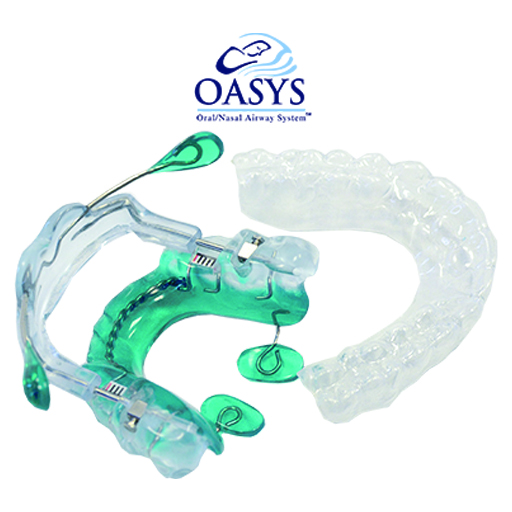
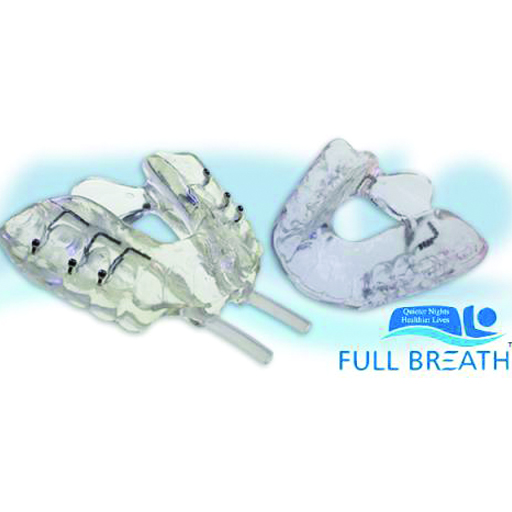
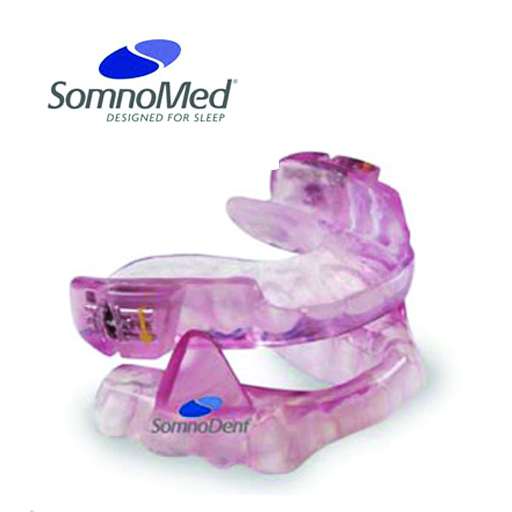
ORAL APPLIANCES FOR THE TREATMENT OF OSA
These devices open your airway by bringing your lower jaw downward and/or forward, and your tongue away from falling back into the throat during sleep, or keep your nasal airway as patent as possible. Most dental devices are acrylic and fit inside your mouth, much like an athletic mouth guard or orthodontic retainer.
Three common oral devices are the OAYSIS, the Full Breath, and the Somnomed. In all, there are over 100 FDA approved appliances for treating snoring and sleep apnea, and at the TMJ & Sleep Therapy Centre, we fabricate the one (or ones) that are made for each person’s individual needs.
We can even make an appliance that works with CPAP and other Positive Airway Pressure devices to help reduce the pressure applied, this aids in compliance for patients who have difficulty using the CPAP mask, and/or high pressure.
WHAT ARE THE ADVANTAGES AND DISADVANTAGES OF THE VARIOUS TYPES OF TREATMENT FOR SLEEP APNEA?
Having the correct diagnosis, and choosing the right treatment for you are the most important considerations. The following is a summary of the main advantages and disadvantages of each type of treatment for sleep apnea. Always consult a sleep specialist when making this decision.
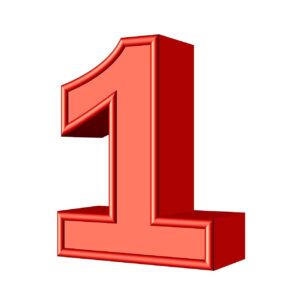 SELF-HELP/READING LITERATURE:
SELF-HELP/READING LITERATURE:
Disadvantages:
- Only works for mild snoring, or positional sleep apnea
- May mask a more severe problem and allow it to go unchecked
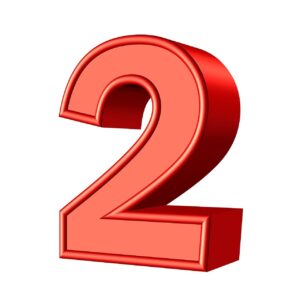 CPAP (CONTINUOUS POSITIVE AIRWAY PRESSURE)
CPAP (CONTINUOUS POSITIVE AIRWAY PRESSURE)
Advantages:
- Safe
- Very effective
- The relatively short time frame for maximum benefit
Disadvantages:
- Difficult to use, so most people (> 60%) stop use within the first year
- Mask may be uncomfortable, claustrophobic, or embarrassing.
- The machine may be noisy and may disturb sleep or sleep of bed partner
- A lifelong treatment
- May cause a Central Sleep Apnea, even on people who never had Central Sleep Apnea before.
- Demands the use of electricity
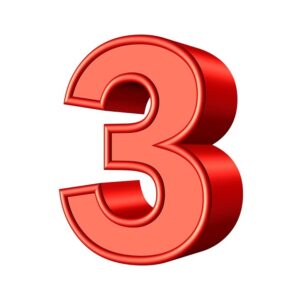 ORAL THERAPY
ORAL THERAPY
Advantages:
- Very effective in the treatment of Snoring and Sleep Apnea, particularly in mild to moderate cases of OSA.
- Can be used in conjunction with CPAP (and other pressure devices) for Severe Sleep Apnea.
- Can also be used in conjunction with certain surgical procedures
- Can sleep in nearly any position when wearing an Oral Appliance.
- Can simultaneously treat clenching of the teeth at night
- Can simultaneously treat TMJ disorders.
- Over 100 FDA approved appliances to choose from for each specific case
- Can be worn when camping or in other environments where there is no electricity
Disadvantages:
- Not as effective on its own when compared to CPAP in Severe Sleep Apnea patients
- A possible side-effect of saliva build-up, changes in bite or teeth.
- Muscle soreness
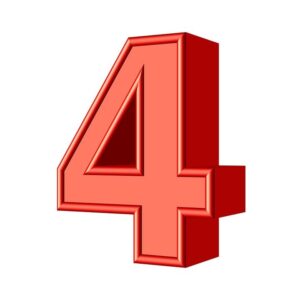 SURGERY
SURGERY
The surgery increases the size of your airway by surgically removing tissues. The surgeon may remove tonsils, adenoids, or excess tissue at the back of the throat or inside the nose; the surgeon may also reconstruct the jaw. This procedure can be done using a scalpel, a laser, or a microwaving probe (radiofrequency energy).
Advantages:
- No need for CPAP or Oral appliance
- Most beneficial on children with enlarged tonsils and adenoids
Disadvantages:
- Anesthesia and operations are inherently risky. May require a sequence of surgeries over time. The jaw may have to be wired shut for several weeks.
- Performing surgery on the wrong tissue can make no difference or even worsen the sleep apnea.
- If unsuccessful can impede the success of other kinds of treatments
- Side-effects can be severe, such as pain and throat swelling
- UPPP procedure can cause food to go up into the nose after meals for rest of life
What’s most important in choosing an Oral Appliance to treat Snoring and/or Sleep Apnea is an accurate diagnosis. An airway specialist like Dr. Shirazi will determine where the blockage or blockages are in an individual’s airway and fabricate FDA approved appliances to fit each patient.
NIGHTLASE®
NIGHTLASE® SNORING AND SLEEP APNEA TREATMENT LOS ANGELES AND OTHER CITIES OF USA.
*laser-assisted snoring and sleep apnea treatment
Benefits of Nightlase®:
- Increases the quality of your sleep
- Non-invasive
- Lessen the effects of snoring and sleep apnea
- Safe
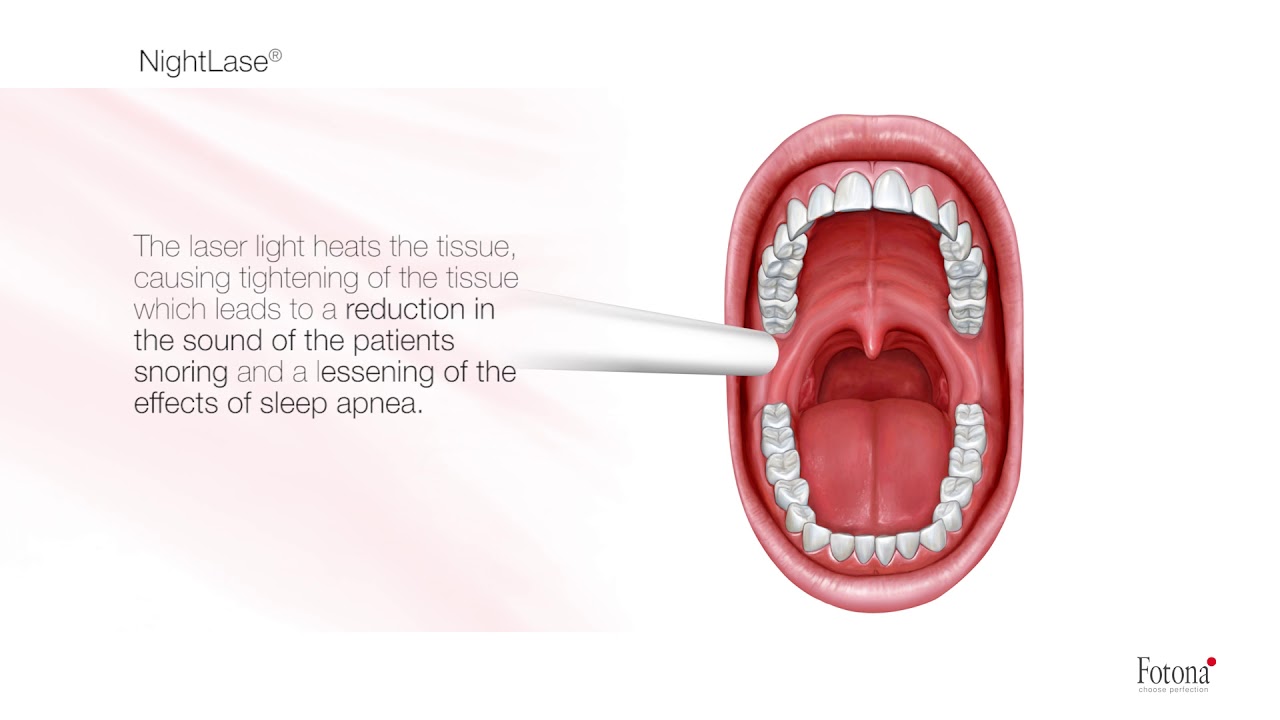
What is Nightlase®?
NightLase® is a fast, non-invasive, and safe way for sufferers of snoring and sleep apnea to increase the quality of sleep. It has a high success rate in producing a positive change in sleep patterns. Research has shown that Nighlase® reduces snoring and provides an effective, non-invasive way to lessen the effects of sleep apnea.
Nightlase® requires no device to be worn during sleep, involves no chemical treatment, and no anesthesia. There are no postoperative restrictions. If you suffer from snoring or sleep apnea, NightLase® offers a gentle and easy way for you and your loved ones to regain a good night’s rest.
NightLase® is a procedure developed in Europe that has been used safely and effectively there for over four years. The treatment includes three sessions of 20 minutes each scheduled three weeks apart. In every study of NightLase® so far patients report no to very mild discomfort after the procedure.
The procedure works through a phenomenon known as “neocollagenesis” which literally means “making new collagen”. Collagen is the protein in your body that is the basic building block of many of your tissues. The laser gently heats the tissue with rapid, comfortable pulses that cause the collagen to reorganize into a firmer and younger form. This technique has been used for a number of years in medical disciplines such as cosmetic surgery. When used on the face, for example, wrinkles are smoothed and facial muscles tighten.
When this procedure is performed on the soft palate and throat it causes the muscles to become firmer and less prone to collapse. This instability of the pharyngeal muscles is a common cause of both snoring and sleep apnea. Over time snoring intensity, frequency, and duration lessen noticeably in over 80 percent of patients. NightLase® is NOT a laser surgery as no tissue is removed at all.
